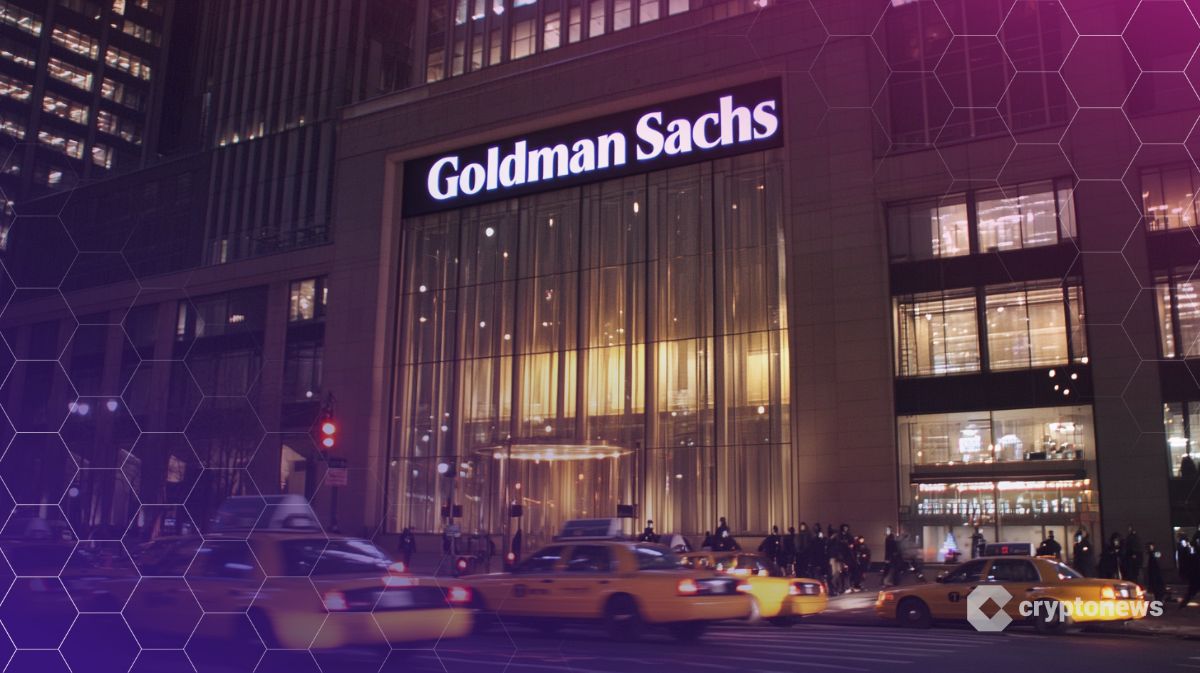Diamond Hands Epilogue: Betting on Bull Market Beta, Four Major Copycat Targets
Author: Lao Bai
I haven't written a Diamond Hand series for two years. Today is the third edition, and it is probably the last edition of the Diamond Hand series. Because in this cycle of the cryptocurrency circle, except for the BTC Diamond Hand, all other diamonds are basically ruthlessly given away. The previous Diamond Hand series also tended to look for Alpha, but this issue is more inclined to Beta. After all, some Alphas were cut to pieces after drilling, which is really a painful past.
The biggest Beta is of course the three strongest ones: BTC + ETH, SOL, and BNB. As for the copycat Betas, I personally like the following four and plan to continue to dig deeper.
1. AAVE - AAVE is one of the few assets that you can hold for a long time and sleep well besides the top three. Its TVL has broken the previous high of more than 30 billion. What is even more commendable is that there has not been a major security incident in all these years. When traditional financial institutions such as JP Morgan try blockchain, they also choose AAVE first.
This wave of RWA+ stablecoins, the combination of blockchain and traditional finance, improves efficiency, speed, quality and economy, and is destined to be the first major direction of blockchain development in the future. In addition to the public chain, the certainty of Uniswap/Curve is not that high. AAVE is the leading target that is certain to be on the train. The launch of V4 in the next few months is also quite anticipated, so it is worth a look.
2. Pendle - TVL has reached 6 billion, close to the previous high, stable at one meter, and is about to usher in the third wave
The first wave of Pendle was backed by Sushiswap and some Defi protocols, splitting the income from liquidity mining, but there was no noise or heat, because those incomes were really virtual.
The second wave is the previous wave of LST/LRT based on Lido and Eigenlayer, which soared to the sky. After all, the gains were really a lot.
The third wave in the future will be the wave of RWA and stablecoins. In traditional finance, income grading and risk splitting are extremely important tracks, and the market is huge (10 trillion+ level). With more and more RWA and stablecoin assets on the chain, this track will definitely rise with the tide. Unlike AAVE, which still faces competition from Compound and Morpho, Pendle is basically the only one in this track, and you can't even see its competitors with a telescope.
The only thing I am not happy about is that the price of the currency is too stable, the fluctuation is not big, let's try it for a few months and see
3. Hyperliquid - The strongest token issuance project in this period, no doubt about it
The overwhelming user experience + overwhelming transaction depth of other chains has led to overwhelming transaction volume and market capitalization.
Moreover, Hyperliquid is not positioned as a Perp, but as a Liquidity Layer on the chain. The recent access of Phantom is the best proof of this. In the future, more front-ends will connect to Hyperliquid, the liquidity back-end.
In addition to the large amount of buy-buy-buy repurchases every day, there are also various back-ups such as the HyperEVM ecosystem and HIP-3's RWA Perp that are accumulating momentum.
But Hyper is the only one of my diamond holders that I haven’t opened a position in yet, because I sold out all the shares during the airdrops from 4 to 10. Now, I feel a little resentful and can’t make a move when I see its market value of nearly 50 billion. I hope to find a good opportunity in the future. I must make a position, or I can wait for the next bear market to make a position…
4. Bittensor - I used to be a hater of Bittensor, but recently I came to my senses and started to become a fan. I plan to study it for 6-12 months.
The reason for the criticism is naturally its PMF. I started to doubt it in 2023, and I still doubt it now. I always feel that Bittensor is very similar to Filecoin.
Filecoin has no real business demand, so it fills it with garbage data. Bittensor has no real business demand, so it creates its own demand and then miners roll up a useless inference result. Last year, many miners colluded with Validators to get Rumor and other dramas...
So no matter how I look at it, I feel like this thing looks like Filecoin
So why did you figure it out recently?
First of all, the development of Crypto to this cycle has disproven a lot of tracks and confirmed two tracks
The confirmed tracks are finance (Defi, RWA, stablecoins are all included) and Gamble (meme, PolyMarket, and various forms of on-chain Casino are all included)
Among the few that are still self-proving, Crypto+AI is definitely the largest, and even if this track cannot be confirmed in the short term, it will be difficult to completely disprove it.
Of all the current AI+Crypto projects, the most difficult to disprove is Bittensor
There are several reasons
- It ranks first in market value, and Mindshare is also the first in this field. When you think of Crypto+AI, it is definitely the first one you think of.
- At this stage, few people can fully explain what Bittensor does. If you don’t believe it, try to imagine yourself introducing Bittensor to a friend for 10 minutes. Can you explain it clearly?
- Now we have nearly 100 subnets, and it shouldn’t be a problem to have 200 to 300 next year. Some of the subnets actually have PMF+ and revenue (although most of the clients are Web3 projects, and that little revenue is negligible compared to Bittensor’s market value)…
- Bittensor will be halved in January or February next year. Like BTC, it has a hard cap of 21 million and is halved every four years or so. Next year’s halving will definitely be a big event.
In terms of emission mechanism and Mindshare, this thing can be seen as BTC in the AIxCrypto track. And in terms of subnet design, consensus and proof mechanism, it is like ETH - maybe some star subnet will come out with something really PMF, just like Uniswap and AAVE came out on ETH. After all, its subnets cover everything from decentralized training, to data, to computing power, to reasoning, text, image, video, drug research, blah blah blah, you can think of all the AI+Crypto segments that basically have one or several subnets doing things. So compared to other projects, Bittensor is more like the visual sense of underlying platforms like ETH, especially after the subnets can issue their own coins this year.
But the biggest problem with Bittensor is that its market value is very high. It emits more than one million U per day. It is still very difficult to digest it at this stage. If you think it is expensive, you can pay attention to it in the first half of next year. You can drill it or not at present.
OK, the Diamond Hand series has come to an end. We will come back next year or the year after to see if this last version of Diamond Hand can outperform BTC, so let’s record today’s prices - BTC-118275, AAVE - 312.7, Pendle - 4.43, Hyper - 44, TAO- 433
You May Also Like

Goldman Sachs and BNY Mellon Launch Tokenized Money Market Funds for Institutions

BitMine Opens NYSE Options Trading, Targeting 5% Ethereum – Thiel Backs Move
